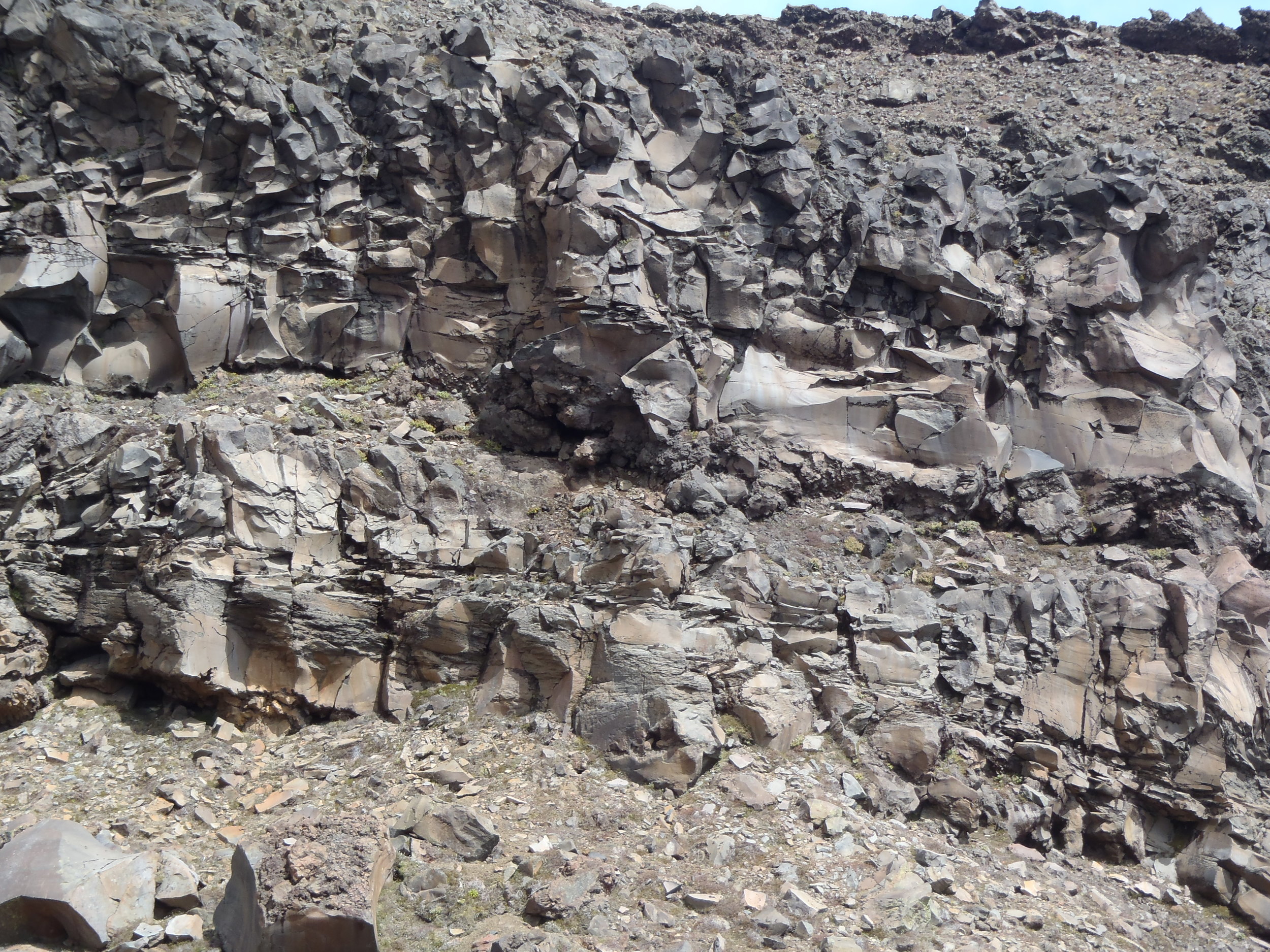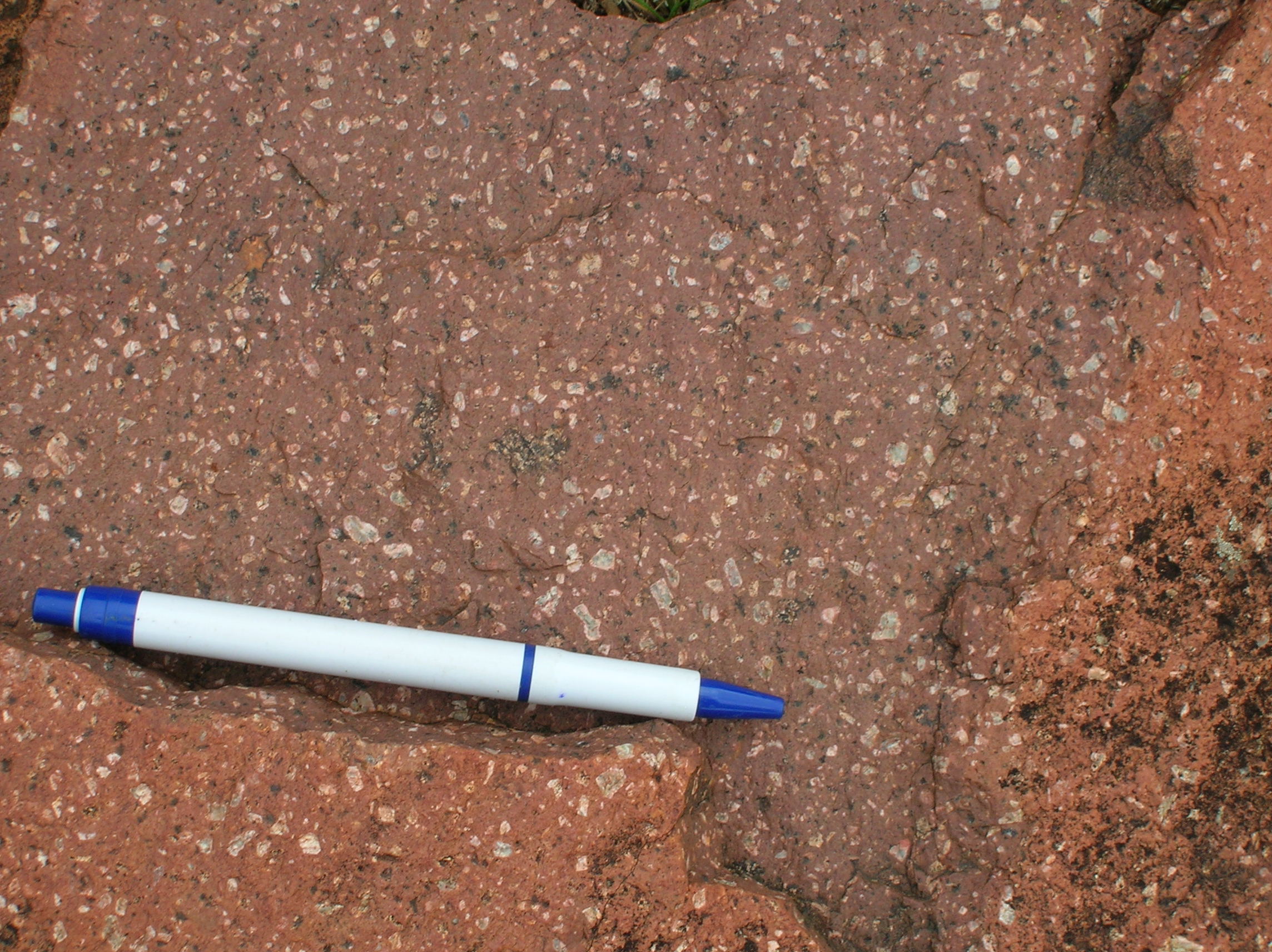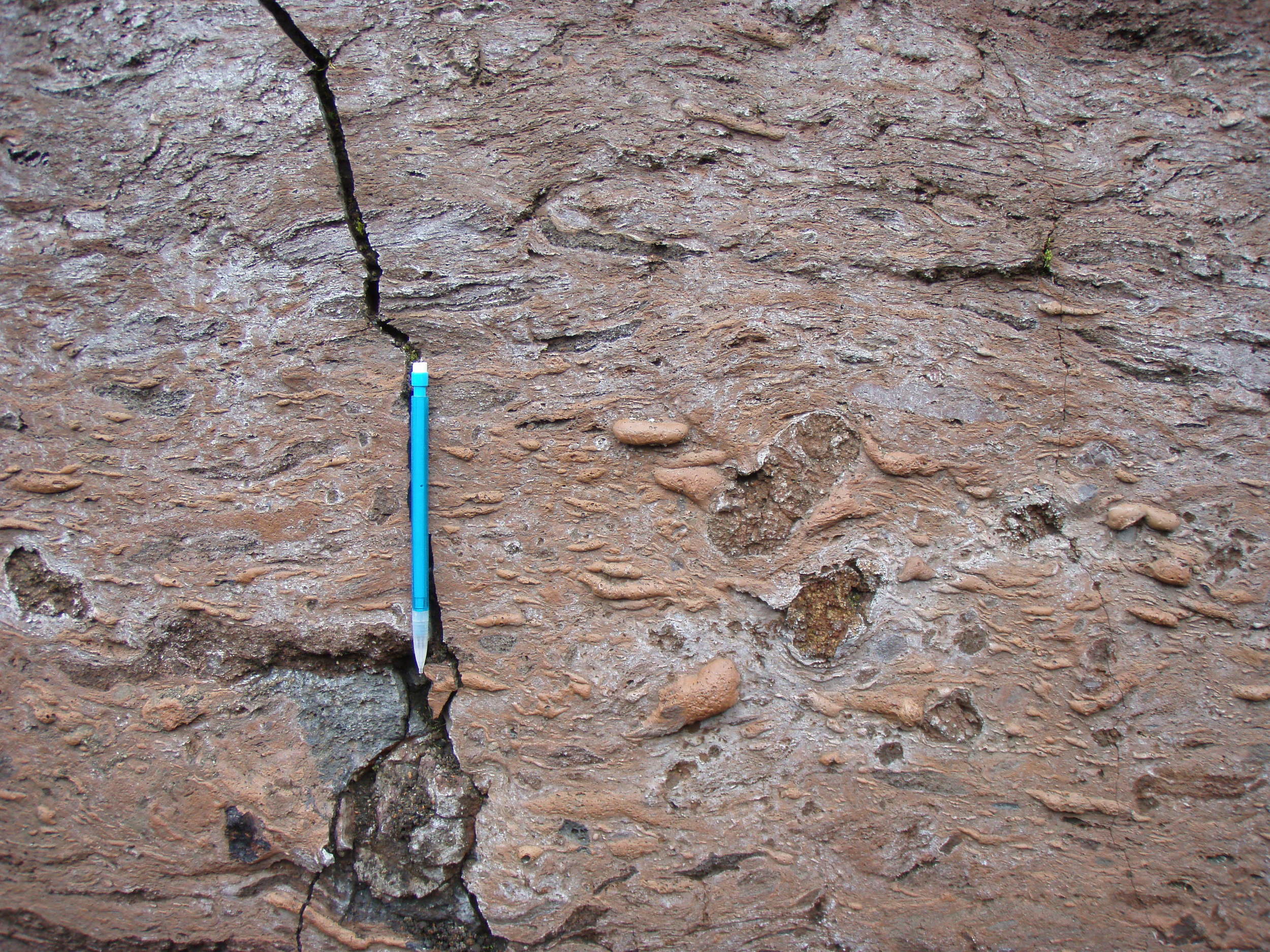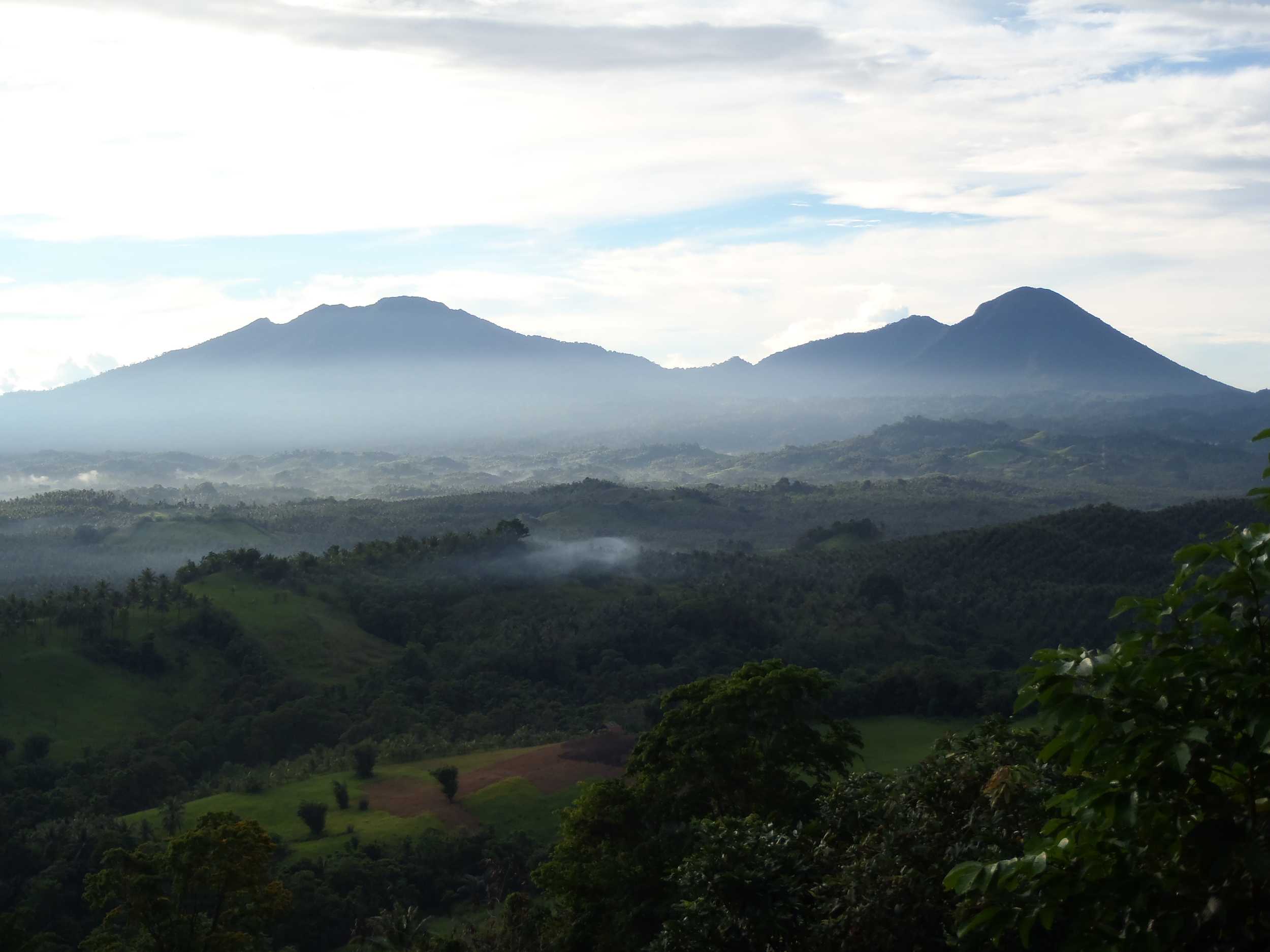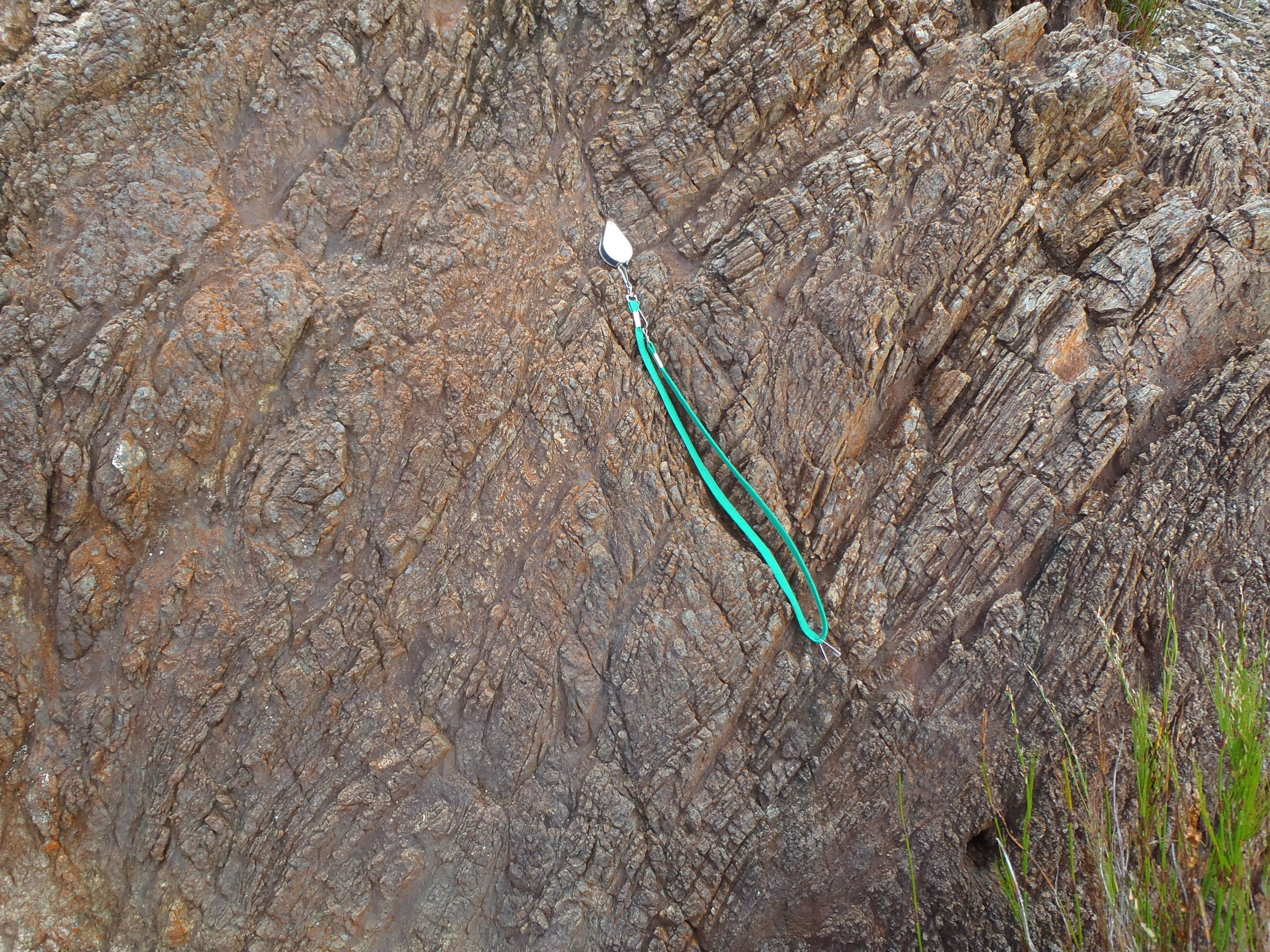McPhie Volcanology professional training helps participants develop the knowledge and skills required for exploring, mining or researching in volcanic terrains. Participants learn how to name, describe and log volcanic facies, and how to choose appropriate codes, symbols and descriptors for digital logging of volcanic rocks.
Professional training courses are intended for teams engaged in regional- or deposit-scale mapping or in drilling programs for the purpose of mineral exploration, geological surveys embarking on mapping projects in volcanic successions, companies exploring the modern seafloor for volcanic-hosted mineral deposits, and research teams working in volcanic successions.
Delivery
Professional training can be:
o customised to suit the client
o delivered on site or at a venue chosen by the client
o designed to include field work and/or practical exercises using available drill core and outcrops.
Content
Practical skills in naming, describing, logging and interpreting volcanic rocks are developed using the client’s exploration licence area or drill core archive or other convenient area. The content can be tailored to focus on the specific needs of the operation. Training may include lectures on how volcanoes work and what they produce, important volcanic textures, different kinds of volcanoes, naming and describing volcanic rocks in outcrop and drill core, graphic logging and correlation in volcanic successions, and the effects of alteration on volcanic rocks.
EXAMPLES
Clink on the links below to read more about professional training:

